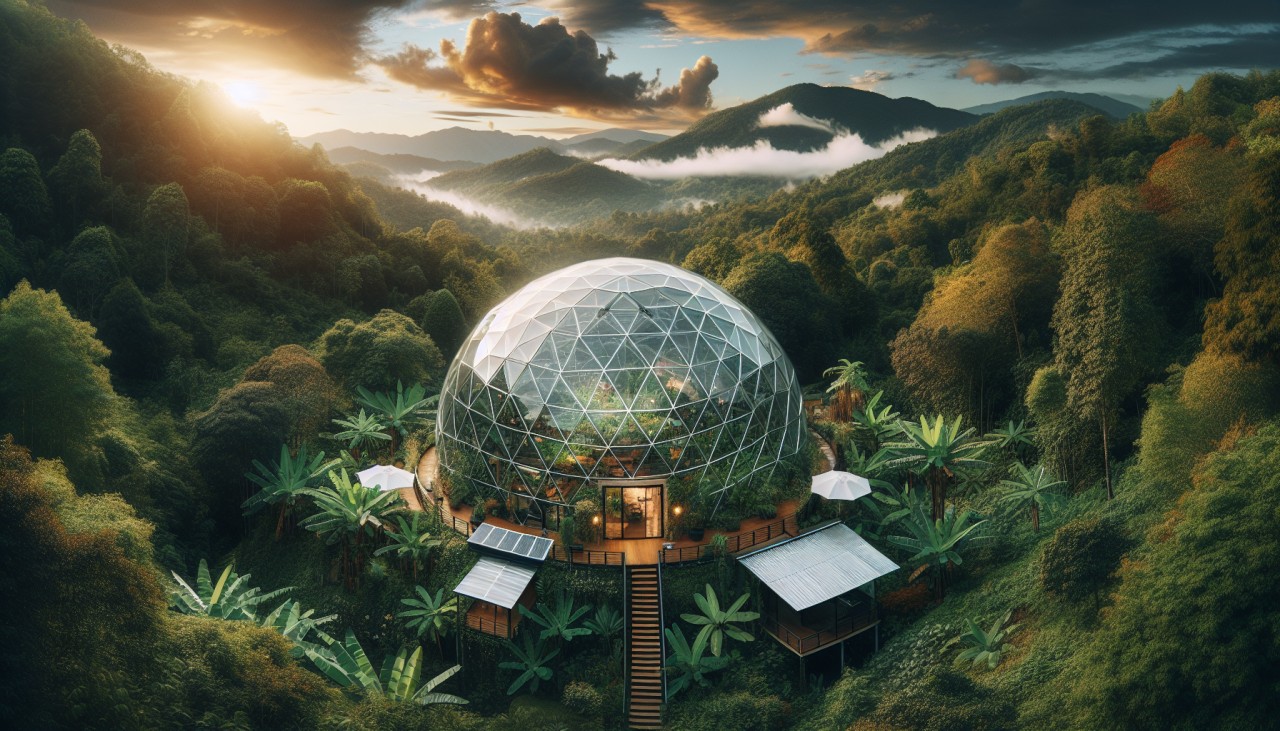


Biodomes, with their iconic geodesic design, are emerging as a sustainable solution for modern living. These structures are engineered to withstand extreme conditions, including high winds and earthquakes. For instance, Biodomes' homes are designed to endure earthquakes up to 8.5 on the Richter scale and winds reaching 320 km/h (198 mph). newatlas.com This resilience makes them ideal for areas prone to natural disasters. Beyond their durability, biodomes offer energy efficiency through passive cooling and the potential for off-grid living. Equipped with solar panels and solar hot water heaters, they can operate independently of traditional power sources. The transparent design allows for abundant natural light, reducing the need for artificial lighting and enhancing the indoor environment.
The versatility of biodomes extends to their applications in various fields. In the United Arab Emirates, Baharash Architecture has designed self-sustaining biodomes in the Al Hajar Mountains to promote ecotourism and wildlife conservation. These structures utilize prefabricated components for quick assembly and incorporate renewable energy sources, including solar power and recycled wastewater for irrigation. archdaily.com The semi-subterranean design provides passive cooling, enhancing thermal comfort for occupants. Additionally, the biodomes serve as educational centers, raising awareness about mountain biodiversity and promoting sustainable tourism practices. This innovative approach demonstrates how biodomes can harmoniously integrate with natural environments, offering sustainable living solutions that are both functional and environmentally responsible.